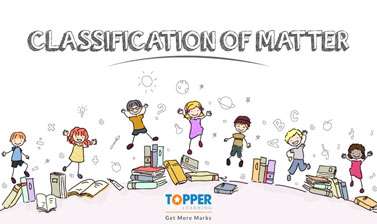ICSE Class 6 Answered
DEFINITION OF:-
OXYGEN: A colourless, odourless reactive gas, with atomic number 8 & the chemical symbol 'O' and is a non-metal.
IRON: A strong, hard magnetic silvery-grey metal, with atomic number 26 and 'Fe' as a chemical symbol.
LEAD: It is a metal has the chemical symbol 'Pb', and atomic number 82
ZINC: It is a silvery-white metal has the chemical symbol 'Zn', and atomic number 30
IODINE: A non-metallic element forming black crystals and a violet colour vapour has atomic number 53 and chemical symbol is 'I'.
ATOM: An atom is the smallest component of an element.
METALLOIDS: It is the type of element which possesses properties of both metals and non-metals.
BRONZE: It is an alloy made up of copper and tin.
COTTON: A soft white fibrous substance which surrounds the seeds of the cotton plant and is made into textile fiber and thread for sewing.
CALCIUM: A soft grey metal has the chemical symbol 'Ca', and atomic number 20.
RESIDUE: It is the material remaining after a process of preparation, separation or purification such as distillation, evaporation or filtration. It may also denote the undesirable by-product of the chemical reaction.


